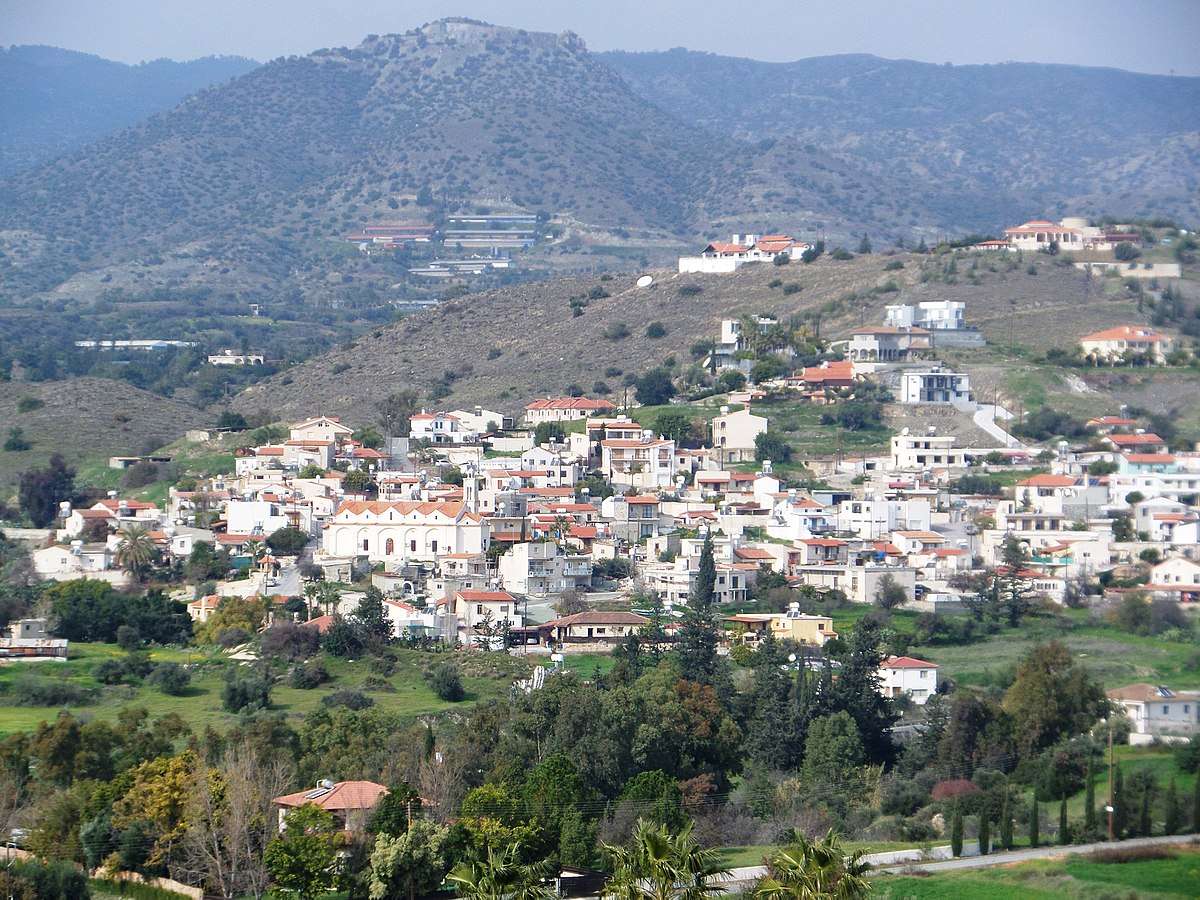Monagroulli
The tunnel that the queen of Amathus used to escape
Monagroulli is a village in the Limassol province, 15 km east of Limassol.
To the west it borders with Moni and with Pyrgos, to the north with Vasa Kellakiou and Sanida, and to the east with Pentakomo and Asgata. The southern side of the area is the seaside.
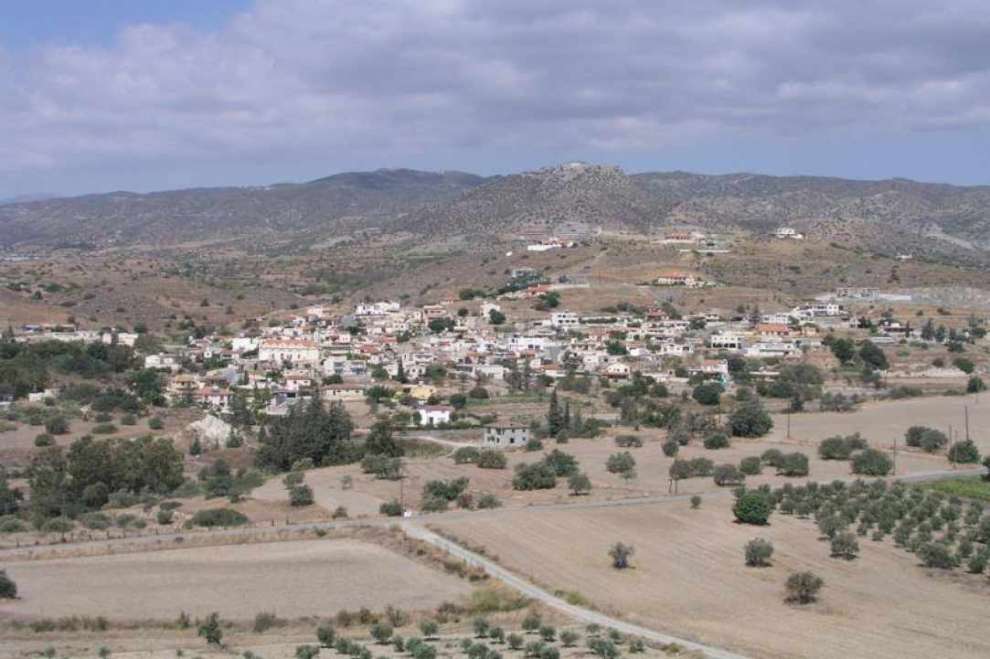 Photo: Maria Kuriakou
Photo: Maria Kuriakou
The name of the village:
As to how the village got its name, it is said that it is due to its location. Its area is characterised, by the people of the Saint George of Alamanos monastery, as having one of the best and fertile fields. These fields were exclusively used by the monks to produce the necessary products for their survival. So, because it was the "agros" (meaning fields) of the "moni" (meaning monastery), it was called Monagroulli.
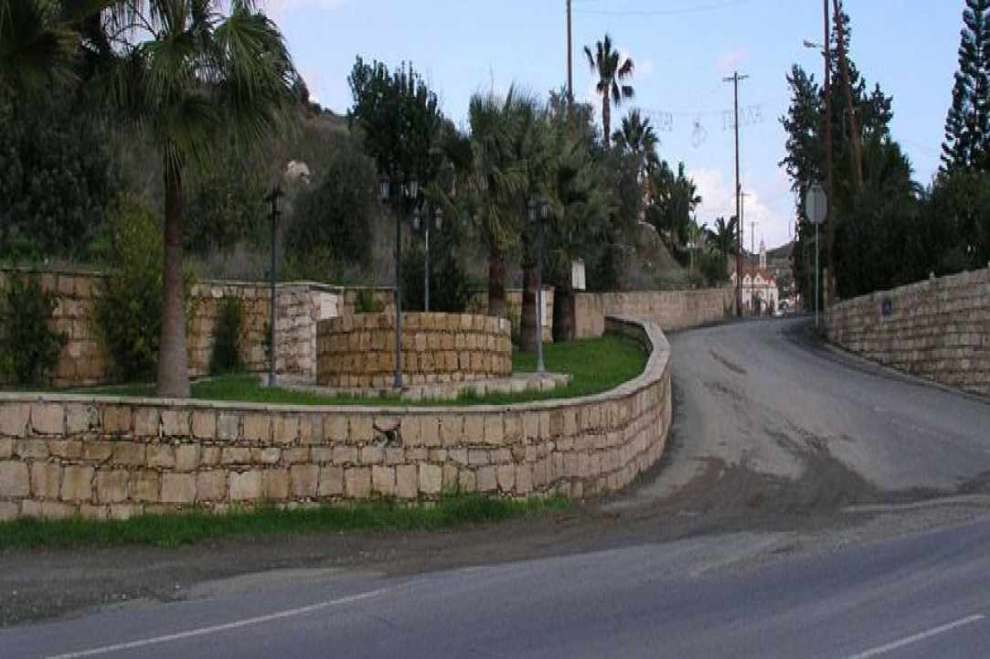 Photo:Maria Kuriakou
Photo:Maria Kuriakou
Crops and Products:
It is a quiet village, of which most residents work in Limassol, while some are occupied with industry and agriculture. Monagroulli cultivates olives, carob trees and fruit trees. Significant is the production of black artichokes and prickly pears.
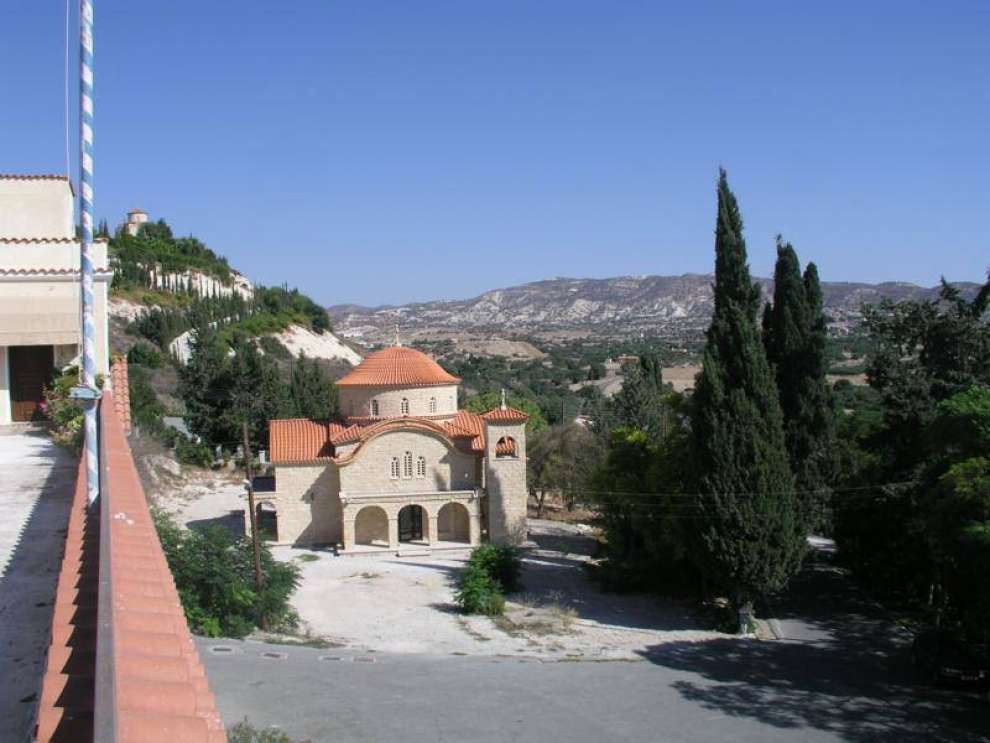 Photo: Maria Kuriakou
Photo: Maria Kuriakou
Sights and churches:
In Monagroulli there is a 2km long beach. It is a virgin area of rare natural beauty that consists of rocky small and large caves with bays and with little sand. The beach is visited by many tourists and Cypriots, which they can enjoy and relax on this quiet beach away from other crowded beaches. On the beach there is a tunnel cave in which you enter the sea and it is about 80 metres long. It is said that this tunnel existed since ancient Amathus and that the queen of Amathus escaped the Saracen robbers from here, who had scorned her kingdom, the queen left her kingdom and her treasures behind.
Latchi, one of the bays in the area, has two restaurants ready to serve all visitors.
On the coastal front of the Community there is a tourist and holiday zone that is soon expected to grow.
In Monagroulli there is the church of Agios Theodoros of Tyronas built in 1900, the monastery of Saint George of Alamanos, the chapel of Agioi Anargyroi, the chapel of Agia Paraskevi and the chapel of Agia Marina.
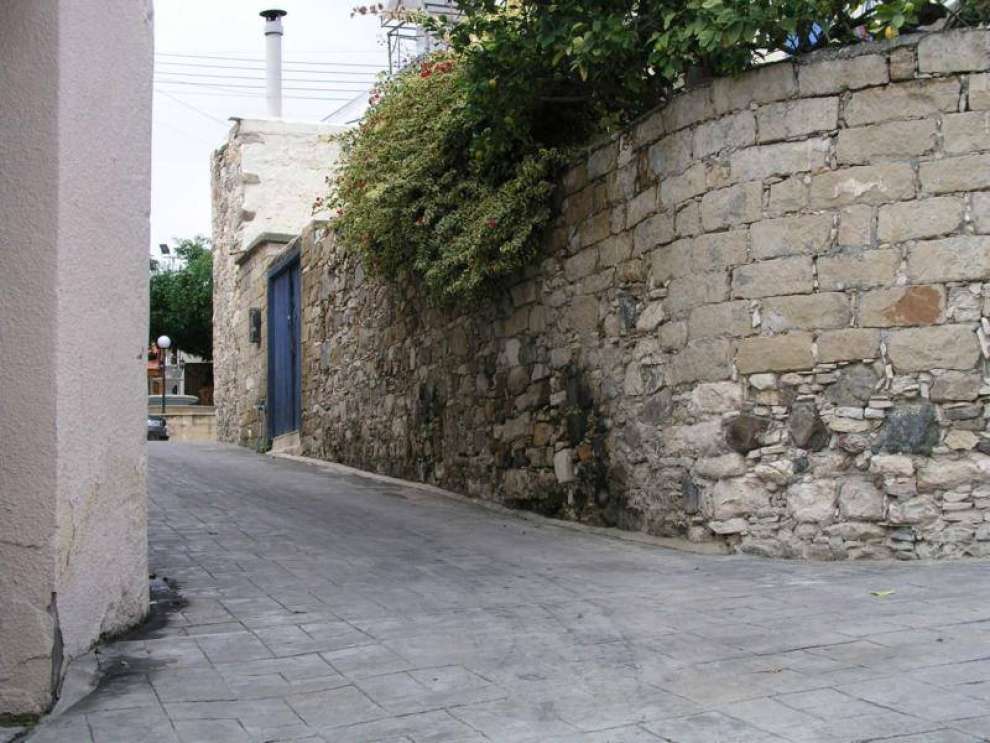 Photo: Maria Kuriakou
Photo: Maria Kuriakou
Population:
The population of Monagroulli has experienced some fluctuations over the decades. In 1881 it had 263 inhabitants which rose to 304 in 1891. It then declined to 296 in 1901 and again rose in 1911 to 342. In 1921 the village had 350 inhabitants that gradually rose to 498 in 1946. In 1960 they were reduced to 445 and their downward course lasted until 1992, with 287 remaining. In 2001 Monagroulli had 471 inhabitants and in 2011 it had 536. Today (2018) it is estimated at around 700.
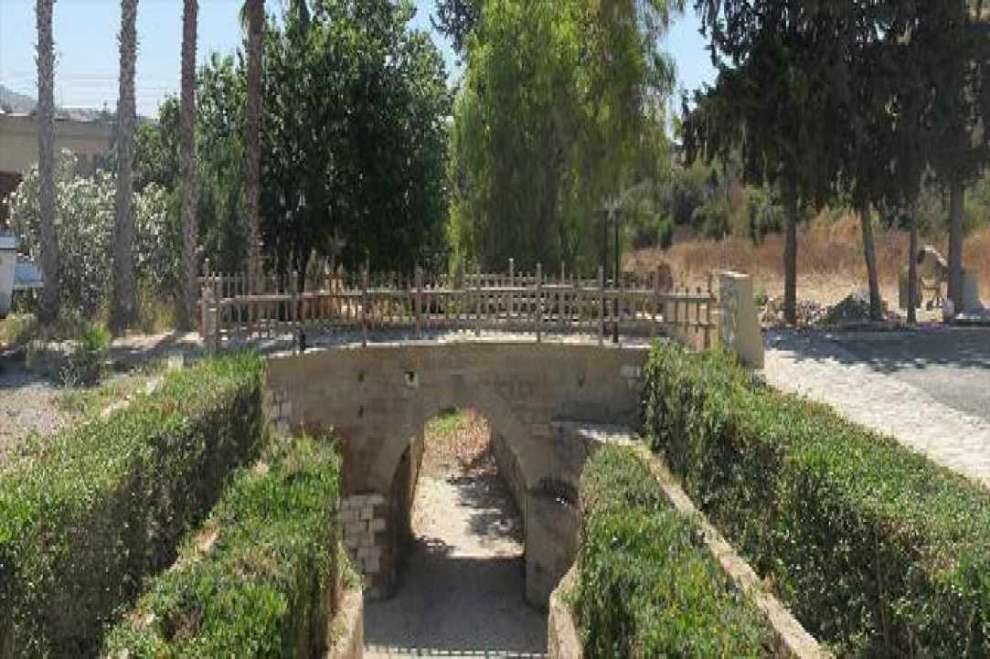 Photo:Maria Kuriakou
Photo:Maria Kuriakou
Monagroulli has two traditional cafes, one cooperative grocery store, a co-operative bank, a playground, and two football, basketball and basketball courts. In the village there is the regional elementary school and the kindergarten as well as a large hall for wedding and other receptions.
For the map of the area, click HERE

 English
English
 Ελληνικά
Ελληνικά Русский
Русский